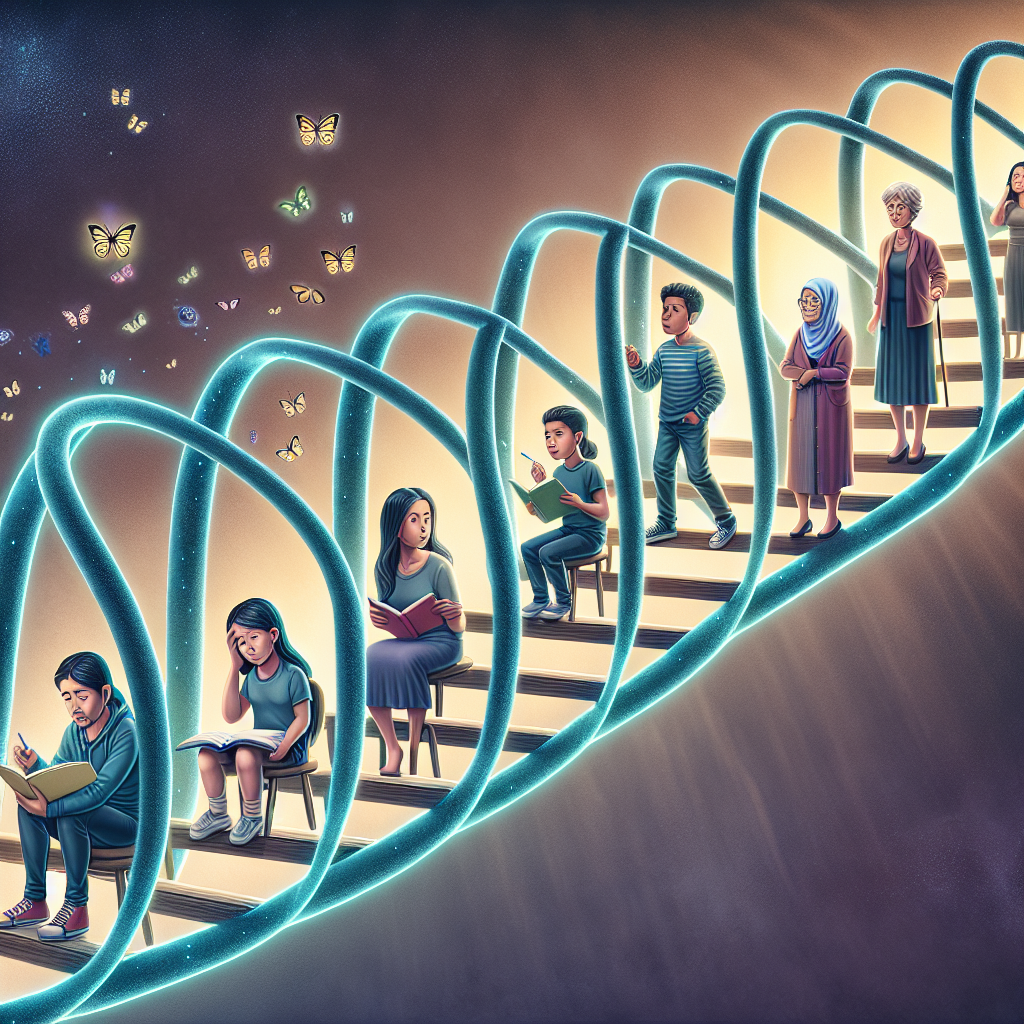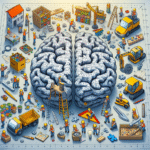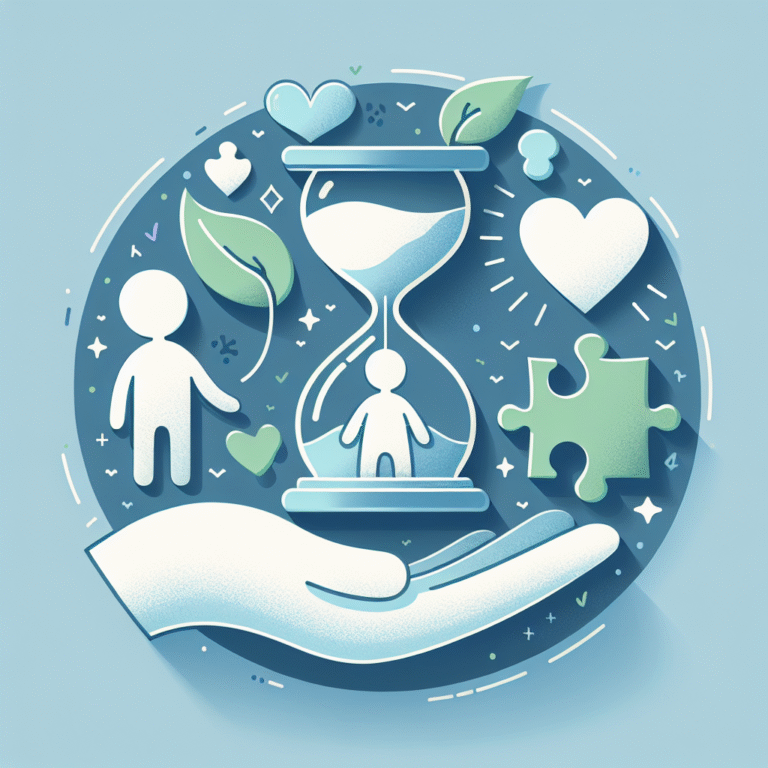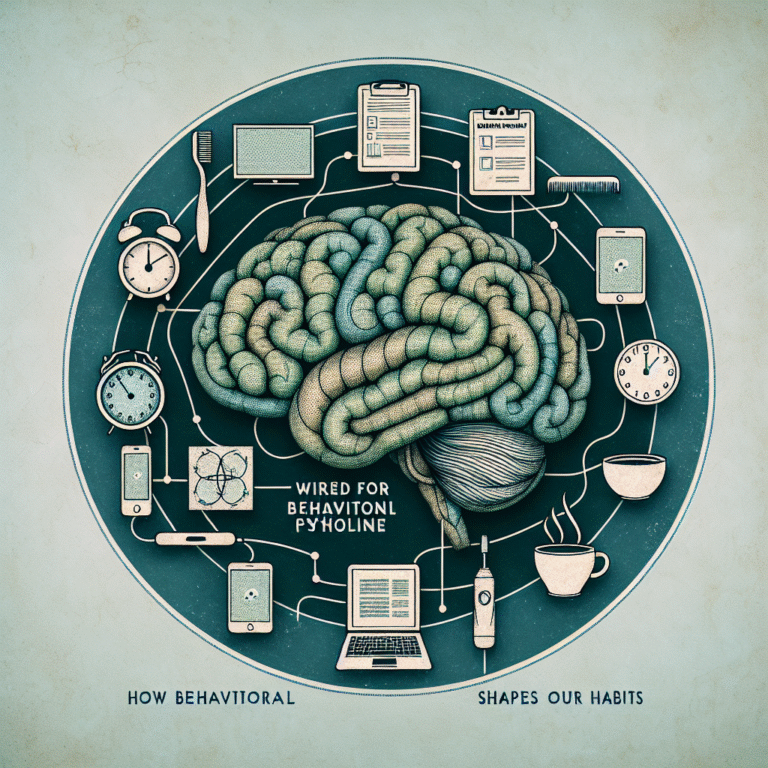
Understanding Attention Deficit Hyperactivity Disorder (ADHD) can feel like navigating a maze, full of twists and turns that change with time. But as we delve into Navigating ADHD Through the Years: How Development Evolves, we can illuminate a clearer path for individuals, parents, and professionals alike. The journey isn’t merely about dealing with challenges; it’s about embracing growth, adapting strategies, and evolving through every stage of life.
Introduction
Imagine a young child buzzing with energy, darting around the playground, barely pausing to take a breath. Now imagine that same child years later, a teenager wrestling with academic pressures and social dynamics. As years progress, the nuances of ADHD shift, and so must our understanding of it. By exploring Navigating ADHD Through the Years: How Development Evolves, we can highlight the varied developmental phases, revealing insights that empower and uplift.
The Early Years: Understanding ADHD in Children
Signs and Symptoms
In the foundational years, ADHD often makes its debut. While hyperactivity, impulsiveness, and inattention are signature characteristics, how these manifest can vary significantly.
Case Study: Early Diagnosis
Take the example of Jamie, a lively 6-year-old diagnosed with ADHD. Jamie struggled in kindergarten, overwhelmed by distractions and unable to sit still. Through parental advocacy and collaboration with educators, Jamie received the necessary support, incorporating strategies like structured routines and interactive learning.
Analysis: This case exemplifies the importance of early support and intervention. The sooner ADHD is recognized and addressed, the more effectively a child can thrive in their environment.
The Role of Parents and Educators
The involvement of parents and teachers is pivotal at this stage. Open communication can lead to personalized strategies that enhance learning. For instance, an adaptable classroom structure can make a dramatic difference.
| Strategy | Description | Impact |
|---|---|---|
| Structured Routines | Predictable daily schedules | Reduces anxiety |
| Break Down Tasks | Smaller, manageable tasks | Increases focus |
| Positive Reinforcement | Rewarding desired behaviors | Boosts motivation |
Developing Coping Skills
As children navigate ADHD, developing coping mechanisms becomes crucial. Mindfulness practices, such as breathing exercises or short breaks, can help manage impulsivity and emotional responses.
The Middle Years: Challenges and Growth
Academic Pressures
Transitioning into middle school often introduces a new set of challenges. ADHD’s impact on learning becomes more pronounced as academic demands increase.
Case Study: Adapting Strategies
Consider Alex, a 12-year-old student facing difficulties with homework and organization. With the implementation of a more structured homework schedule and consistent check-ins from teachers, Alex learned to manage assignments more effectively.
Analysis: This highlights the necessity for tailored strategies and collaboration between parents and educators to support children’s cognitive growth.
Social Dynamics
During these years, peer relationships play a critical role. Children with ADHD may struggle with social cues, leading to feelings of isolation or rejection.
| Challenges | Coping Strategies | Benefits |
|---|---|---|
| Difficulty focusing on conversations | Role-playing social interactions | Improved social skills |
| Impulsiveness | Implementing "pause and think" techniques | Better impulse control |
Building Self-Esteem
While challenges abound, this period can also be transformative. Individuals with ADHD often develop resilience, adaptability, and unique skills that build a strong sense of self.
The Teenage Years: Identity and Independence
Search for Identity
As teens grapple with their sense of self, ADHD can shape their experiences. It’s essential to recognize that these young adults are not defined solely by their condition.
Case Study: Navigating High School
Meet Sam, a 15-year-old who channels his ADHD into creative outlets. Through art and music, Sam expresses himself, finding a supportive community at school that celebrates his talents.
Analysis: This serves as a reminder that embracing individuality can counteract the negative associations that often accompany ADHD.
Academic and Life Skills Development
Parents and educators must now shift focus to fostering independence. Life skills, like time management and self-advocacy, take center stage.
| Life Skill | Practical Strategies | Expected Outcomes |
|---|---|---|
| Time Management | Using planners/technology | Improved organization |
| Self-Advocacy | Teaching about rights and available resources | Enhanced confidence |
Emotional Regulation
Navigating adolescence brings emotional turbulence. Teaching emotional regulation techniques, such as journaling or cognitive behavioral strategies, can foster healthy coping mechanisms.
Adulthood: Navigating the Complexities of Life
The Transition to Adulthood
As individuals with ADHD reach adulthood, they often face unique challenges. Balancing careers, relationships, and personal aspirations requires continuous adaptation.
Case Study: Career Development
Consider Mia, a 25-year-old professional who struggled with job stability. By leveraging structured environments and mentorship programs, she successfully navigated her career path.
Analysis: This showcases the importance of support systems as individuals transition to independent living.
Relationships and Parenting
Adults with ADHD may experience challenges within their relationships. Learning communication skills and conflict resolution techniques can lead to healthier interpersonal dynamics.
| Relationship Aspect | ADHD Challenges | Resilient Strategies |
|---|---|---|
| Communication | Misunderstandings due to impulsivity | Practicing active listening |
| Parenting | Balancing personal ADHD challenges with those of children | Seeking support groups |
Continuing Growth and Support
Lifelong learning and adaptation remain vital. Engaging in therapy or counseling, pursuing interests, and fostering supportive networks are crucial as adults navigate life with ADHD.
Conclusion
The journey through Navigating ADHD Through the Years: How Development Evolves reveals a tapestry woven with challenges, triumphs, and growth. Each stage of life brings unique experiences and learning opportunities. Early diagnosis, supportive environments, and the development of coping skills can empower individuals to thrive.
As we navigate this journey, let’s remember: ADHD is not a hindrance but a different way of experiencing the world. Embracing this perspective cultivates resilience and opens doors to success.
FAQs
1. What is the best age to diagnose ADHD?
Early diagnosis can be beneficial. Most kids show symptoms by age 6 or 7, but assessment can begin earlier if concerns are present.
2. What strategies can help children with ADHD in school?
Structured routines, positive reinforcement, and interactive learning environments are effective strategies for supporting children with ADHD in school.
3. How can parents support their children with ADHD?
Open communication, advocacy for educational needs, and encouraging healthy coping strategies are essential ways parents can support their children.
4. Are adults with ADHD able to lead successful lives?
Yes! Individuals with ADHD can lead fulfilling lives, often channeling their unique skills into creative pursuits, careers, and strong relationships.
5. Is medication the only solution for managing ADHD?
While medication can be effective for many, it’s not the only option. Behavioral therapies, lifestyle changes, and supportive environments play vital roles in managing ADHD.
By shedding light on Navigating ADHD Through the Years: How Development Evolves, we empower individuals to embrace their journeys, armed with knowledge and strategies for success. Let’s continue to foster understanding and acceptance, creating a world where everyone can thrive, regardless of how they navigate their ADHD.


















